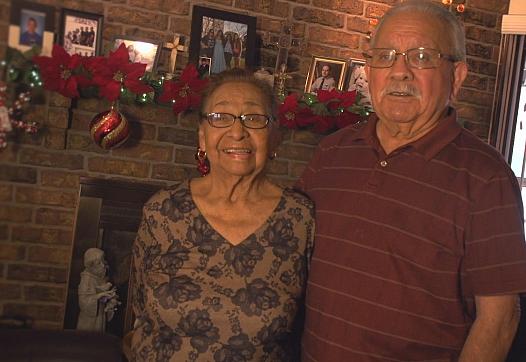
One neighborhood in Kansas City, Kansas, is trying to get its citizens to become more physically active. Zumba, anyone?

One neighborhood in Kansas City, Kansas, is trying to get its citizens to become more physically active. Zumba, anyone?
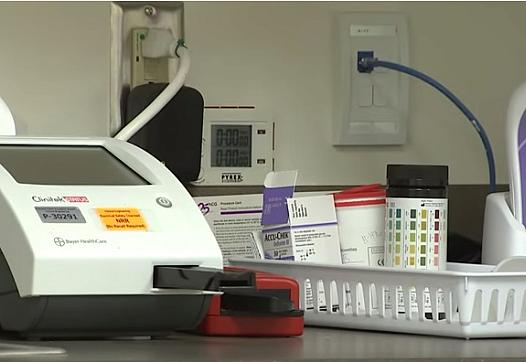
The neglect in their home countries, the journey and the adjustment have caused deep scars in unaccompanied minors from Central America that fled to the United States. The goal for these kids now is to overcome their emotional issues so they can lead healthy and productive adult lives.
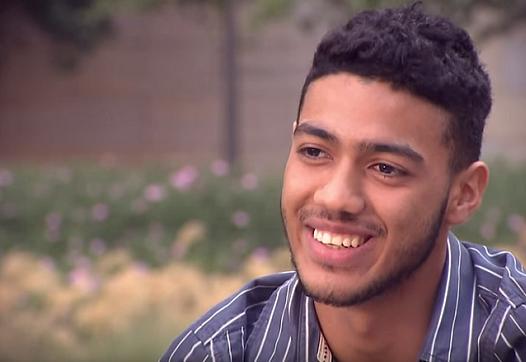
Unaccompanied minors from Central America made headlines in 2014 after crossing the USA-Mexico border in unprecedented numbers. Presently, many live in North Texas with parents or guardians. Samuel, a young man age 16, arrived alone trying to avoid the gangs or "maras" in Honduras.
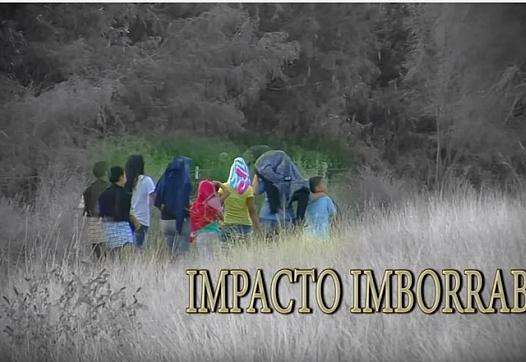
For years, it hasn't been a mystery that unaccompanied children or the so called "children of the border" have crossed the limits of their own countries, gone through Mexico and stepped in the country that represents an escape from their reality and problems: The United States of America.
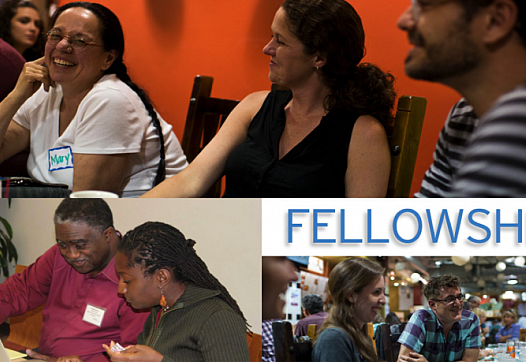
We're happy to announce today that we have a new name and a new look. Our program is now known as the Center for Health Journalism, which better reflects our expanded range of programs and goals.
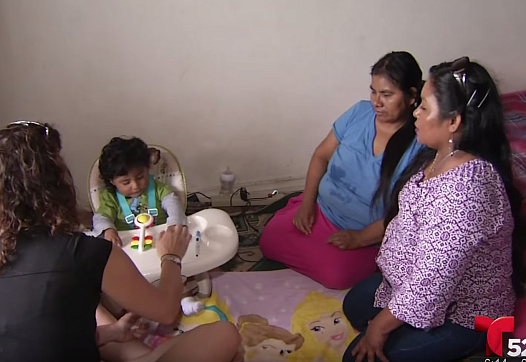
Elvia works as a medical interpreter in the Ventura County. Today, she is accompanying the occupational therapist Rachel Pile, who speaks only English. Every Monday, they work on 2-year-old Miguel’s therapy. His mother, Eulalia, only speaks and understands Mixteco.

An estimated 165,000 indigenous Mexican immigrants live and work in the fields of California. Some 80% of them do not speak English or Spanish. This cultural and language barrier makes it difficult to treat mental illnesses in the community.
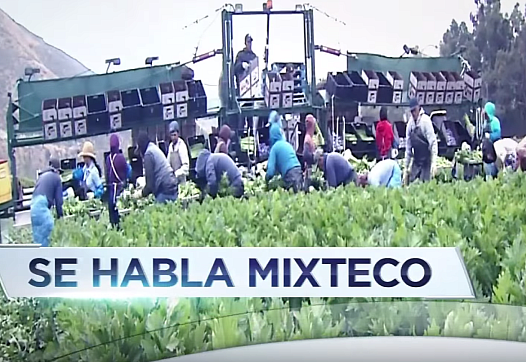
In the fields in the Ventura County some of the workers speak Mixteco. Many of these indigenous farm workers, like Florino, are living in the country illegally. They typically don’t have access to health care. Most of them face poor living conditions and backbreaking daily labor in the fields.

There has been a lot of rhetoric about the value of community health workers, but such programs don't always work as well as they could. Some basic guidelines could go a long way toward ensuring such workers contribute to the health of patients, particularly those with chronic diseases.

When LA Times reporter Soumya Karlamangla started looking into health care policies affecting immigrants, she had no idea how fast the California policy landscape was about to change. Reflecting on her reporting journey over the past year, Karlamangla offers key tips for staying ahead of the story.